Transnistria is a region of Moldova sandwiched between the Dniester River and the Ukrainian border. In 1990, pro-Russian separatists declared Transnistria’s independence from Moldova. They operate their own government and border controls. But Transnistria is internationally recognized as part of Moldova.
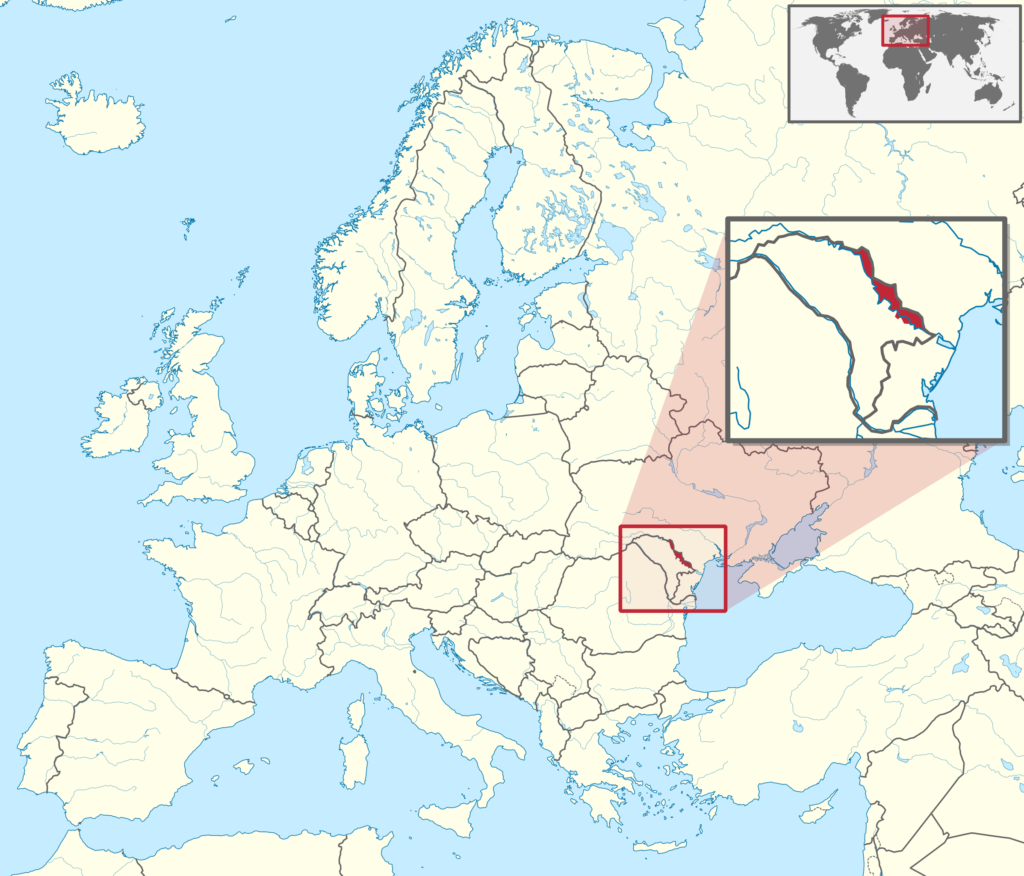
Since the February 2022 Russian invasion of Ukraine, 8,000–10,000 Ukrainians have fled to Transnistria. From time to time, when aid is available in government-controlled Moldovan territory, hundreds of them cross the boundary to access it. So, we traveled to Moldova on one of those days to learn why.
Ukrainian refugees cross the Dniester to collect basic needs
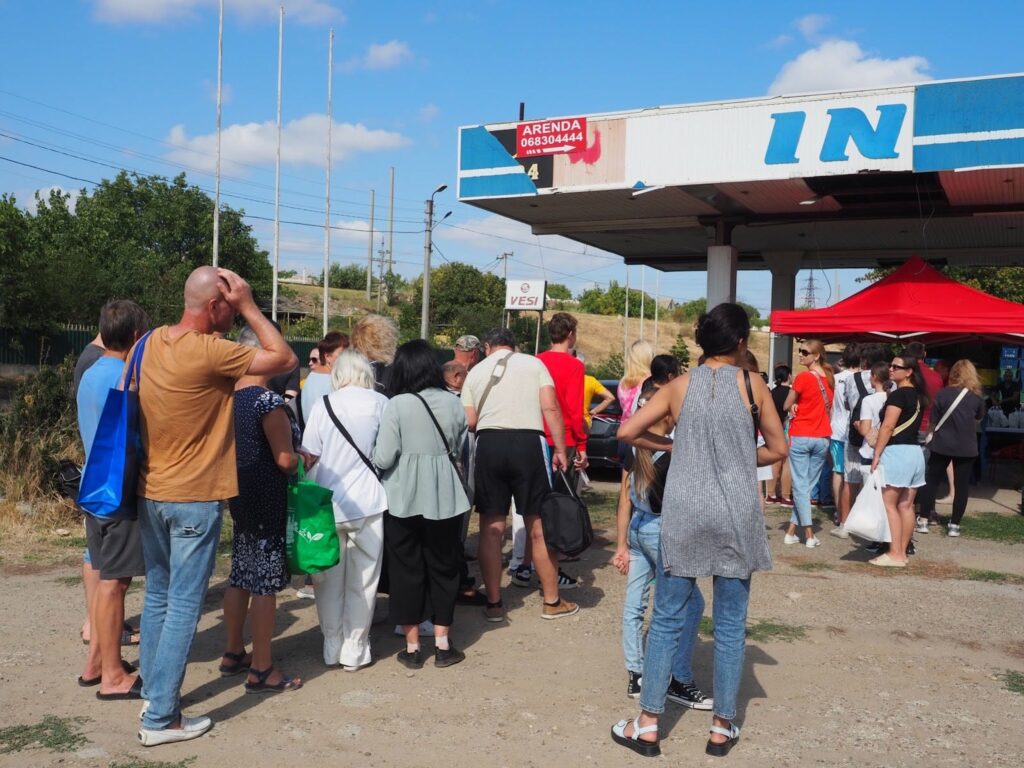
On a warm September day, we drive through a checkpoint out of Transnistria. We arrive at the Moldovan village of Varnita. Transnistria is just across the Dniester from here.
Transnistria’s “capital,” Tiraspol, is about a 30-minute drive from here, and Moldova’s official capital, Chisinau, is roughly an hour away. The Ukrainian border is also nearby. Tiny Varnita serves as a gateway to three distinct worlds. Here, you can hear Ukranian, Romanian and Russian being spoken.
Volunteers from the Moldovan non-governmental organization (NGO) Katalyst Kitchen and the Norwegian Refugee Council assemble food and hygiene packages for Ukrainian refugees living in the breakaway region. Many of the charity workers are Ukrainians themselves. Today, at least 300 people are expected to collect help. These are the lucky ones. Not everyone made it on the list.
A diverse crowd forms a long queue — babies, children, elderly and young people. An old Moldovan gas station swiftly transforms into a logistics center.
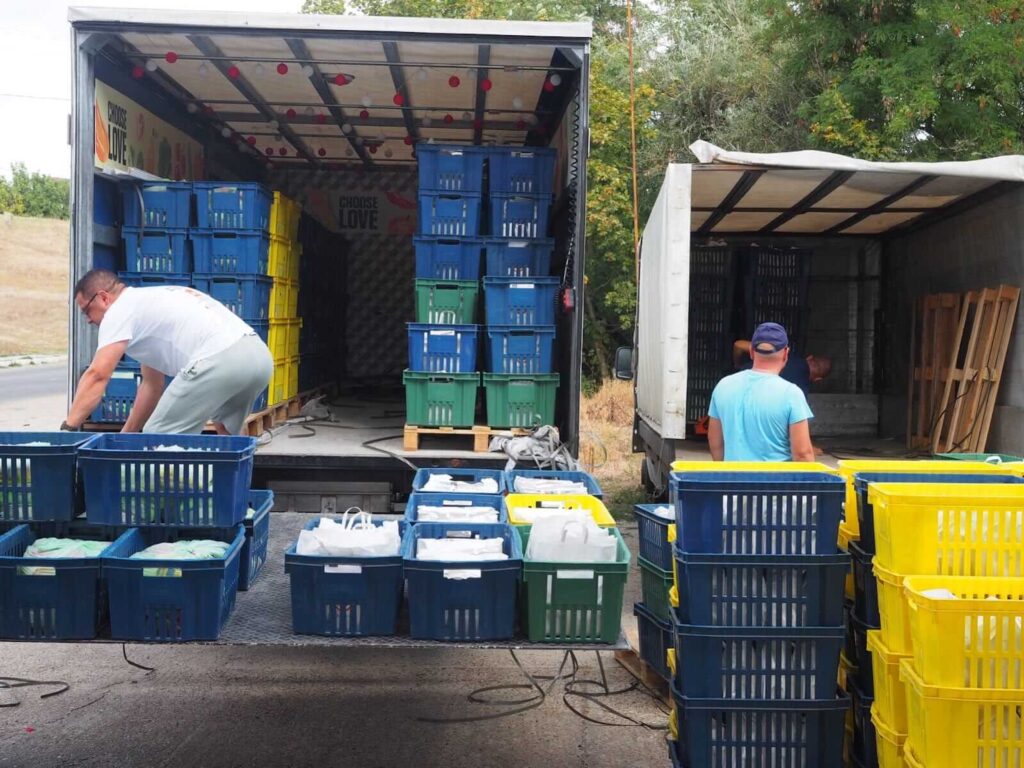
Those in need present their Ukrainian passports to receive packages tailored for babies, kids, men and women. Broad smiles appear on children’s faces when they reach for their white paper bags. There are little juice boxes, fruit, and puffed snacks for them. The kids also get mini tennis rackets and balls.
The bags for adults are filled with detergents, sponges and soaps. Most of them have basic food. The people thank the donors and quickly drag the heavy bags to their cars or walk to the bus station — only a few stay to chat. Everything is done quietly, with many unspoken words lingering in the air.
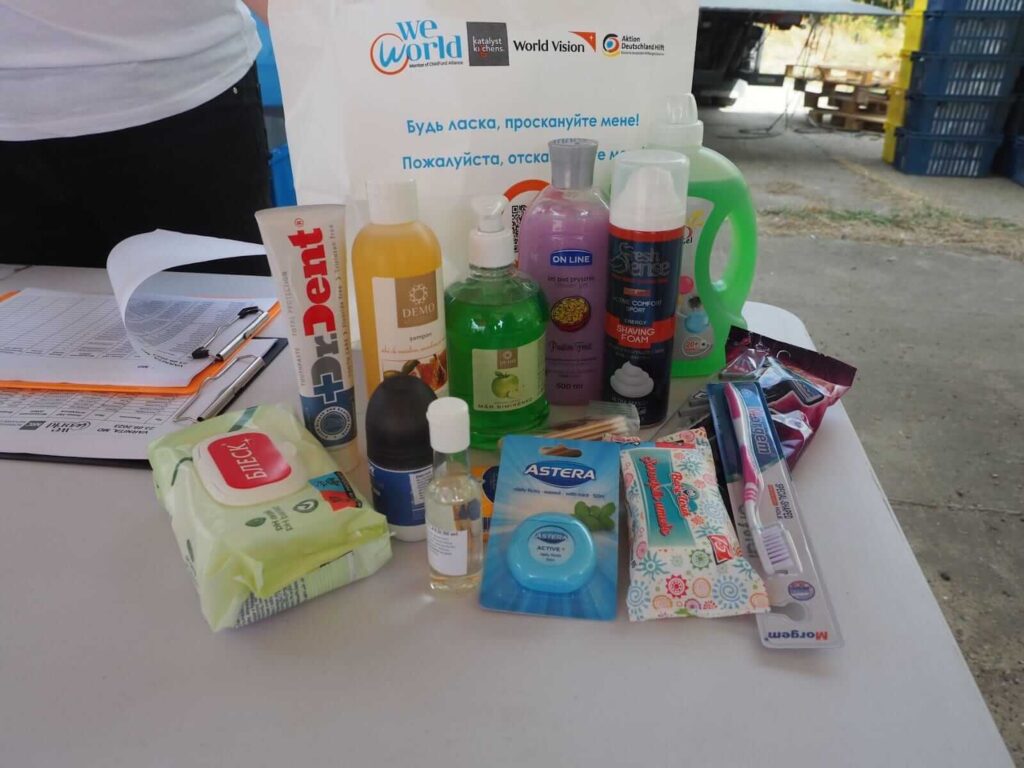
Viola Mozhaieva, a Ukrainian refugee from Transnistria, is a coordinator here. She tells us that finding aid as a refugee in Transnistria has become increasingly rare.
According to Freedom House, a democracy watchdog group, NGOs and civic activists in Transnistria operate in a repressive environment. The Transnistrian authorities monitor and harass groups that work on human rights issues. They also control the public media. Fundamental rights, like freedom of expression, are lacking.
The link to Russia is strong. About 1,500 Russian soldiers still live in Transnistria. The territory solely relies on Russian gas that is then partly converted into electricity. In this context, economic opportunity remains very limited.
“It’s very tough for people in Transnistria,” Viola explains. “Unfortunately, there’s virtually no assistance, mainly due to lack of funding. We’re fortunate if we receive food aid once a month or every other month. But people need to eat daily!”

Some refugees are already feeling desperate. “They’re becoming aggressive, realizing there’s no more hope. The war continues, and the conditions worsen,” said Viola.
Considering all this — why stay in a Russia-friendly place with so little support or even freedom?
“We simply didn’t know where else to go,” 82-year-old Tamara, a native of Crimea, tells us. She traveled to Transnistria with her daughter, granddaughter, great-granddaughter, two cats and a dog. When they arrived, they didn’t know anyone. “We just gathered our family and came here, unsure of our destination,” Tamara explained. “But kind-hearted people took us in.”

An Odesa family with three children wanted to settle in Chisinau, but the father feared he wouldn’t find work there without speaking the local Romanian language. They chose Russian-speaking Transnistria instead. Their baby girl was born there after the war had started. Salaries are lower in Transnistria, but so are the rent and everything else, they explain. Now, they are just waiting for the fighting to be over so they can return to Ukraine. “The birth of our child made us hopeful,” adds the mother.
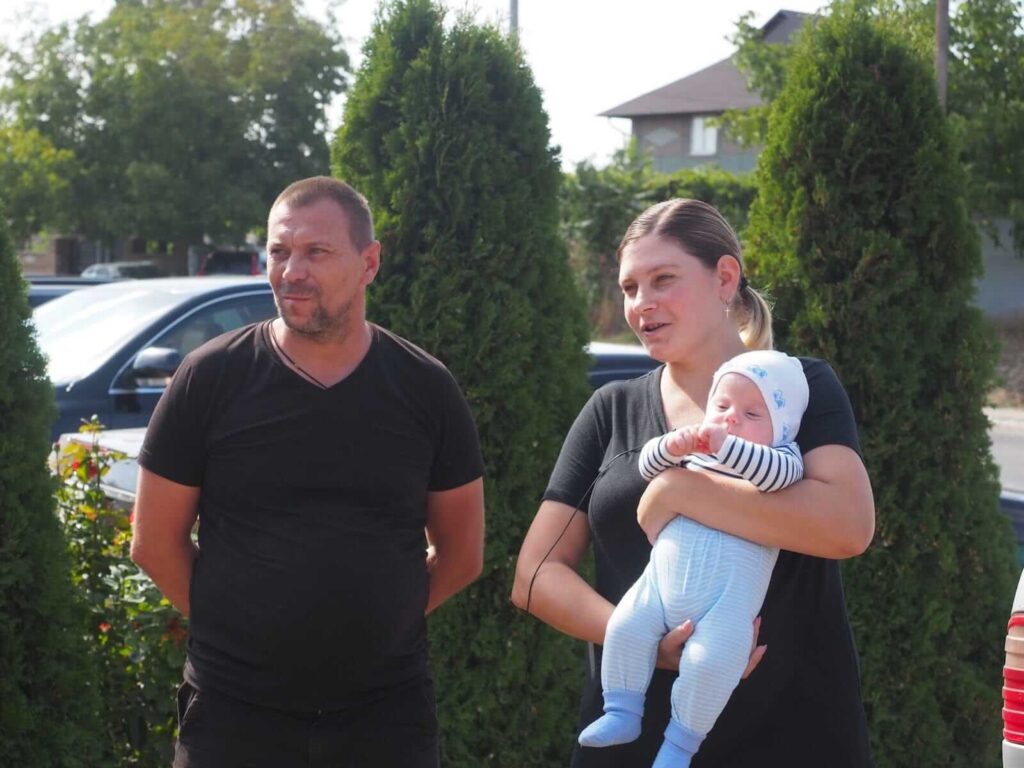
Ukraine has been a significant trading partner for Transnistria, and Ukrainians comprise about one-fifth of its population. Naturally, many refugees came here to stay with family and friends. But others simply could go no further, Viola explains, as many have disabilities.
Nearly a million border crossings
According to a United Nations High Commissioner for Refugees (UNHCR) report, low living costs, family ties and previous residence are some of the main reasons for choosing Transnistria as a refuge. The problem is that they usually do not register themselves. As of this summer, only 76 refugees — out of possibly 10,000 — had officially filed for protection.
Since the official Moldovan government does not operate in Transnistria, officially registering as a refugee was daunting. According to the UNHCR, obtaining the necessary residency documents was difficult. The refugees also needed a Moldovan mobile number for registration, posing another obstacle. Even the absence of a Moldovan entry stamp on their passports made the registration harder.
The requirements were eased in September this year, said Monica Vazquez, the UNHCR external relations officer in Moldova. Now, refugees only need to submit a self-declaration form, accessible online.
The UNHCR operates through local partnerships across Moldova, including the Transnistrian region. They see that people get tired of helping. Many refugees have been in Moldova for at least a year. “It’s natural for them to start working and become self-reliant,” said Vazquez. “But the humanitarian need persists, and it’s crucial to keep supporting at all levels.”
Moldova hosts some of the region’s most vulnerable refugee populations. “18% are older persons, 7–10% are persons with disabilities and over 60% are children and women,” Vazquez specified.
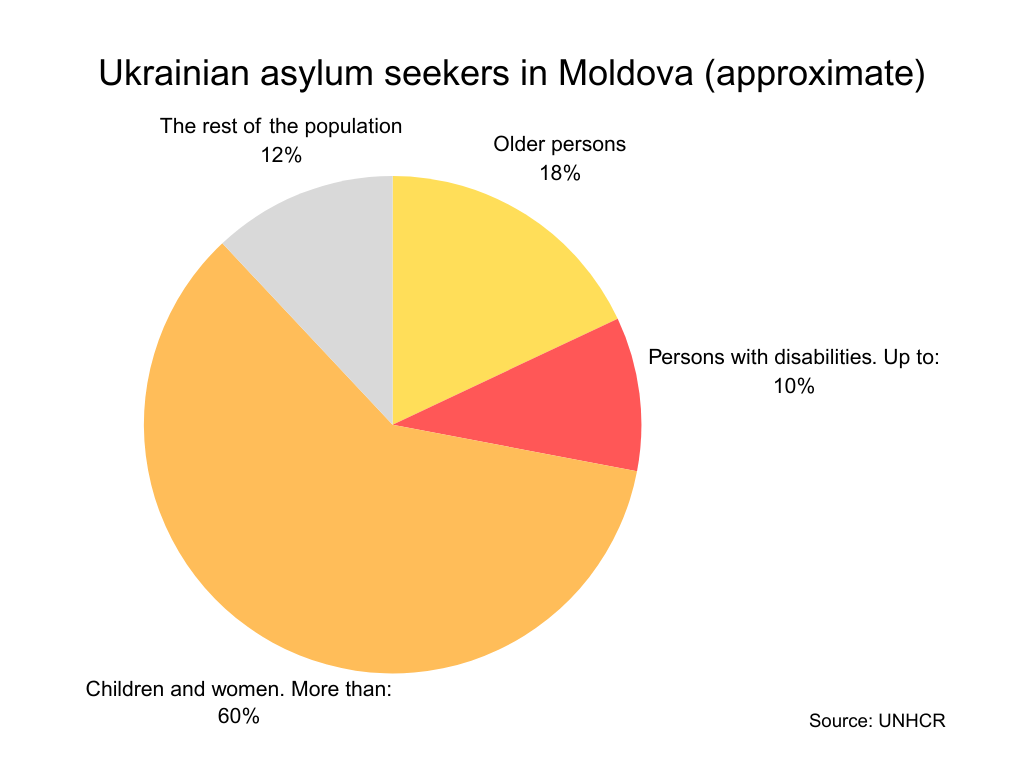
Moldova has been instrumental in assisting Ukrainian refugees. As of November, over 113,000 Ukrainian refugees have settled in Moldova, with nearly a million crossing the Moldovan border since the war started in February 2022. Additionally, almost 700,000 Ukrainians have returned to their war-torn homeland through Moldova since then.
“What Moldova has achieved is extraordinary on every level,” concluded Vazquez. “It’s remarkable how they’ve stepped up, opened their doors and rushed to assist! Moldova’s response has been incredibly forward-thinking.”
[Anton Schauble edited this piece.]
The views expressed in this article are the author’s own and do not necessarily reflect Fair Observer’s editorial policy.
Support Fair Observer
We rely on your support for our independence, diversity and quality.
For more than 10 years, Fair Observer has been free, fair and independent. No billionaire owns us, no advertisers control us. We are a reader-supported nonprofit. Unlike many other publications, we keep our content free for readers regardless of where they live or whether they can afford to pay. We have no paywalls and no ads.
In the post-truth era of fake news, echo chambers and filter bubbles, we publish a plurality of perspectives from around the world. Anyone can publish with us, but everyone goes through a rigorous editorial process. So, you get fact-checked, well-reasoned content instead of noise.
We publish 2,500+ voices from 90+ countries. We also conduct education and training programs
on subjects ranging from digital media and journalism to writing and critical thinking. This
doesn’t come cheap. Servers, editors, trainers and web developers cost
money.
Please consider supporting us on a regular basis as a recurring donor or a
sustaining member.
Will you support FO’s journalism?
We rely on your support for our independence, diversity and quality.


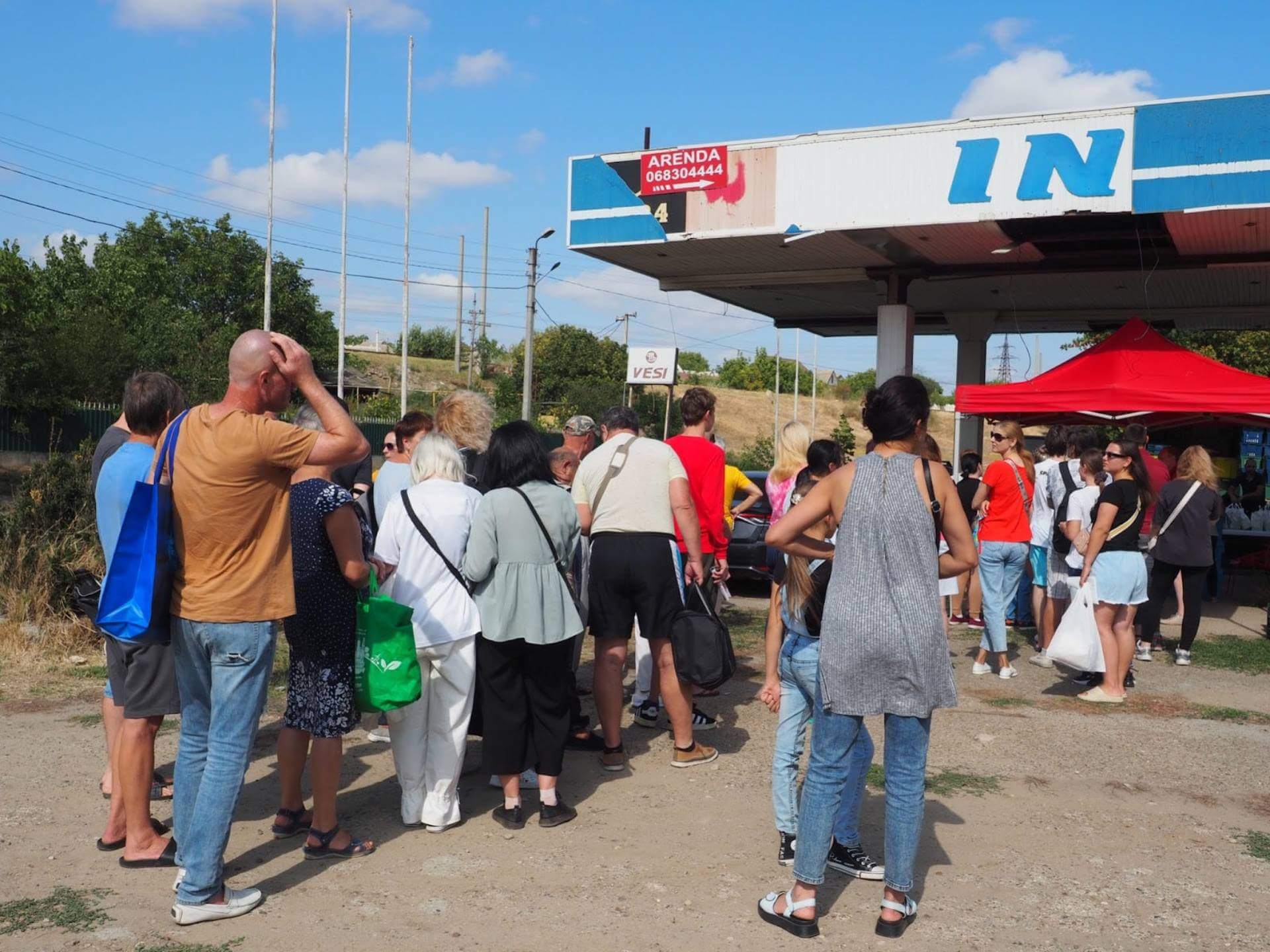
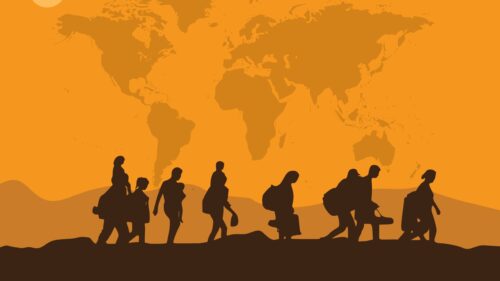
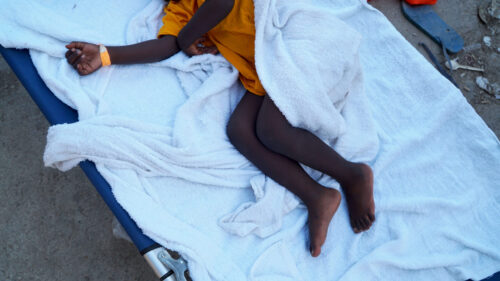
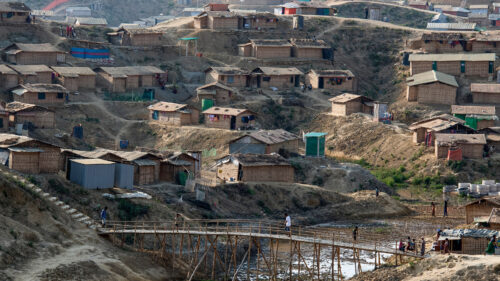

Comment